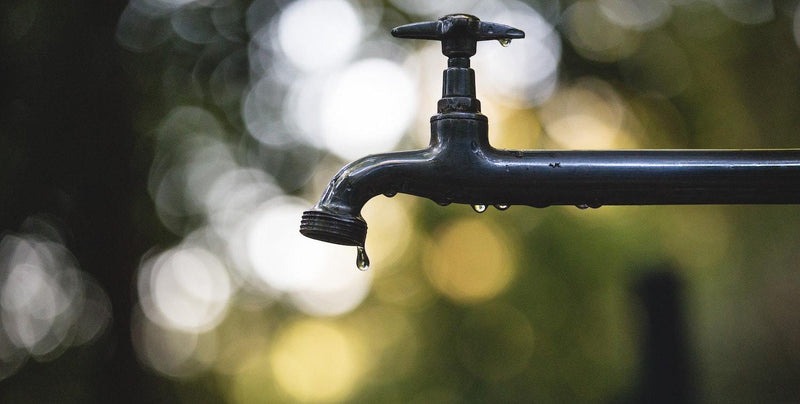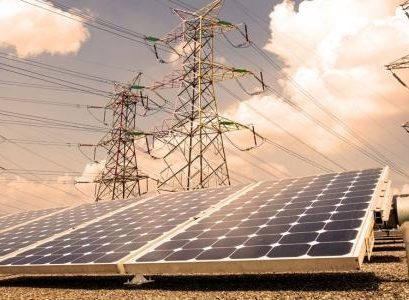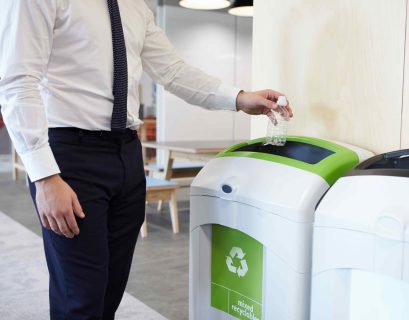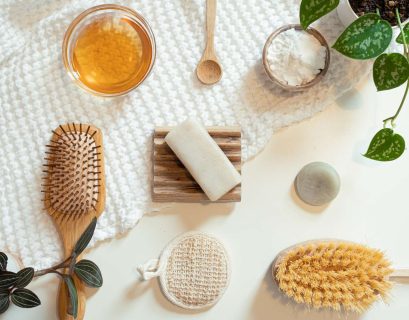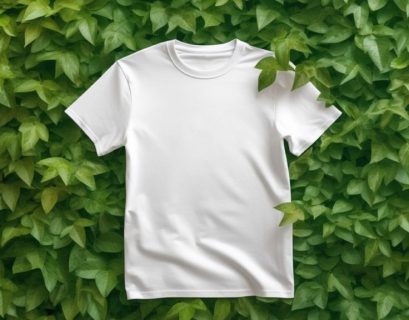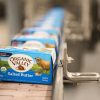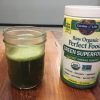Water, often referred to as “liquid gold,” is a precious resource that demands our attention and responsible use. With growing concerns about water scarcity and environmental sustainability, taking steps to minimize water consumption at home becomes not only a responsible choice but a necessity. In this article, we’ll explore practical and effective ways you can adopt to conserve water within the comfort of your own home.
1. Fix Leaks Promptly: Addressing leaks promptly is a crucial first step in minimizing water consumption. A dripping faucet or a leaking toilet can waste significant amounts of water over time. Regularly check for and promptly repair any leaks in your home to prevent unnecessary water wastage.
2. Upgrade to Water-Efficient Appliances: Invest in water-efficient appliances, such as washing machines and dishwashers. Look for models with the ENERGY STAR label, indicating that they meet strict water efficiency and energy-saving guidelines. These appliances are designed to use less water without compromising performance.
3. Install Low-Flow Fixtures: Replace traditional faucets and showerheads with low-flow alternatives. Low-flow fixtures reduce water flow rates without sacrificing water pressure, resulting in substantial water savings. They are easy to install and contribute significantly to minimizing water consumption.
4. Collect Rainwater: Harvesting rainwater is an eco-friendly way to reduce reliance on tap water for outdoor use. Install rain barrels or other collection systems to capture rainwater, which can then be used for watering plants, washing outdoor surfaces, or other non-potable water needs.
5. Be Mindful of Running Water: Practice mindfulness when using running water. Turn off the tap while brushing your teeth, lathering soap during handwashing, or scrubbing dishes. Simple changes in behavior can lead to significant water savings over time.
6. Only Run Full Loads: Whether it’s the dishwasher or the washing machine, wait until you have a full load before running these appliances. Running full loads maximizes the efficiency of water use, reducing the frequency of cycles and overall water consumption.
7. Water Plants Wisely: Adopt water-wise gardening practices by watering plants early in the morning or late in the evening when evaporation rates are lower. Use mulch around plants to retain moisture and consider drought-resistant plants that require less water to thrive.
8. Install Dual-Flush Toilets: Upgrade your toilets to dual-flush models, which allow you to choose between a low-volume flush for liquid waste and a higher-volume flush for solid waste. This simple change can result in significant water savings without compromising functionality.
9. Insulate Pipes: Insulate both hot and cold water pipes. This helps maintain water temperature, reducing the need to let the tap run while waiting for water to heat up or cool down. Insulated pipes also prevent energy waste associated with temperature fluctuations.
10. Use a Pool Cover: If you have a swimming pool, use a pool cover to minimize evaporation. Evaporation is a significant contributor to water loss in outdoor pools, and covering the pool when not in use can lead to substantial water savings.
11. Install a Smart Irrigation System: Consider installing a smart irrigation system that adjusts watering schedules based on weather conditions, soil moisture levels, and plant needs. These systems optimize water use, preventing overwatering and reducing unnecessary water consumption in landscaping.
12. Reuse Greywater: Greywater, water that has been used in washing machines, showers, or sinks, can be reused for non-potable purposes such as watering plants or flushing toilets. Install a greywater system to capture and repurpose water that would otherwise go down the drain.
13. Educate and Involve Family Members: Foster a culture of water conservation within your household by educating and involving family members. Discuss the importance of water conservation, share practical tips, and encourage everyone to be mindful of their water use.
14. Install a Tankless Water Heater: Consider upgrading to a tankless water heater. Unlike traditional water heaters that continuously heat a stored supply of water, tankless heaters only heat water as needed. This eliminates standby heat loss and reduces overall water heating costs.
15. Conduct a Water Audit: Perform a water audit to identify areas of water consumption in your home. This assessment can help pinpoint specific habits or fixtures that contribute to high water use, allowing you to make targeted adjustments.
In conclusion, adopting water-saving practices at home is an essential and achievable goal. By implementing these practical steps, you not only contribute to water conservation but also reduce your utility bills and lessen your environmental impact. Conserving water is a collective responsibility that starts at home, and every effort, no matter how small, contributes to the sustainable and responsible use of this precious resource.
